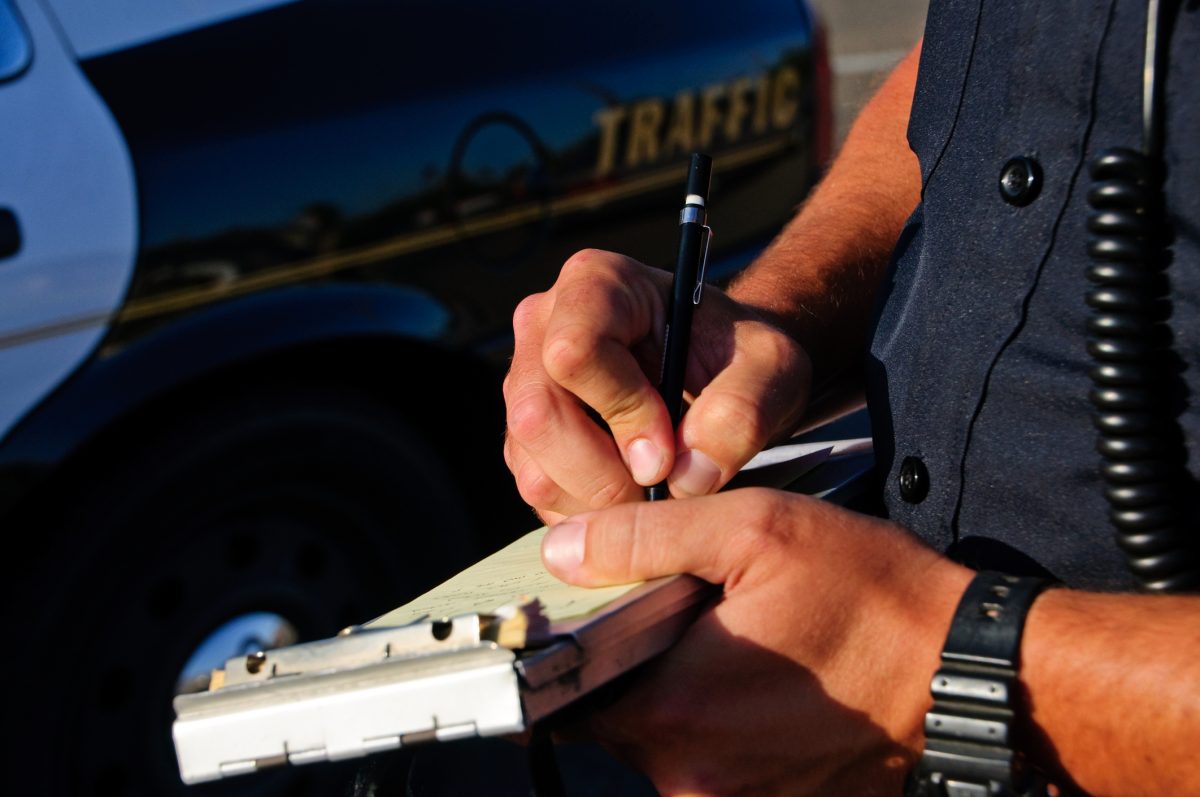For the New York Law Journal, FFJC New York State Director Katie Adamides and Citizen Action NY’s Erin George argue that Governor Cuomo’s property tax cap creates perverse incentives for criminalizing low-income people of color and turns the police into revenue generators.
You can read the full text of the article via New York Law Journal. Additionally, FFJC has a campaign to reform New York’s fines and fees practices.
***
Property Tax Cap Turns Police and Courts Into Tax Collectors
The property tax cap creates perverse incentives for criminalizing low-income people of color and turning the police into revenue generators. And it’s wrong to create a criminal record for those who can’t afford to buy back their driver’s licenses.
Governor Cuomo has proposed making the temporary cap on property taxes permanent. His proposal will lead to more unfair taxes for New Yorkers, not less, and the Assembly should push to end the cap once and for all.
The cap—a key budget issue being debated right now—leads local governments to impose fines and fees on traffic and low-level municipal code violations in order to fill the local revenue gaps that the cap leaves behind. These fines and fees are backdoor taxes that criminalize low-income people and people of color, distort police and court practices, and undermine public safety.
When property tax revenue goes down, local fines and fees go up in both number and amount, a practice to which local governments admitted in a 2017 survey. Amherst’s revenue from fines and fees went from $1.6 million in 2011—the year the tax cap was passed—to $2.1 million in 2017. East Hampton’s court revenues nearly doubled over that stretch, rising from $1.1 million to $2 million.
If we take a look at fines and fees for traffic violations, we’ll find that local governments tack on new fines and fees, raise old ones and ramp up enforcement. And because police enforce more heavily in low-income neighborhoods of color, ticketed drivers are funneled through a two-tiered justice system based on wealth. A driver stopped for a low-level offense can expect to be slapped with multiple tickets, each with its own fine, plus fees, which local governments keep creating. In Buffalo, for example, if you can’t afford the underlying fine, you have to pay $15 to defer your payment. For late payments, add $30 to $90. Default convictions cost $75, and motions to vacate them cost another $75. All traffic violations in Buffalo now come with a $55 public safety fee and a $45 driver responsibility fee. Then, if you can’t afford to pay all this debt, Buffalo will file a monetary judgment with the Erie County Clerk’s Office for an additional fee of $100.
One Buffalo driver litigating against the fines and fees practices there got four violations in a single stop, totaling almost $900 in fines and fees. Nearly half of Americans don’t have $400 saved for an emergency. How can the average Buffalo resident pay $900 in fines and fees?
Current law doesn’t require payment plans or ability-to-pay determinations for these costs: Pay-in-full and up-front, or face the consequences. And the consequence most often imposed is a suspended driver’s license.
This is where the justice system forks into two tracks–based entirely on wealth. Wealthy drivers pay their fines and fees and exit the system. Low-income drivers cannot, and their driver’s licenses are suspended. In fact, low-income drivers are eight times more likely than wealthier drivers to have their driver’s license suspended for failure to pay, and low-income drivers of color are eleven times as likely.
But in most parts of the state, people drive to survive, suspended license or not: work, groceries, childcare, doctor’s appointments, court appearances and more. Drivers often have no choice but to drive on a suspended license, a crime punishable by enough jail time to lose a job, miss a rent payment and get Child Protective Services involved with their family.
Now the low-income driver isn’t just stuck in the unlucky tier of the justice system–they’ve got a criminal record. To top it off, drivers with suspended licenses (and there are hundreds of thousands of them in New York State) likely can’t get insured, creating a huge road safety issue.
But road safety is only the tip of the public safety iceberg created by these backdoor taxes. We saw backdoor taxes distort police and court practices in Ferguson, Missouri. After police there killed Michael Brown, a United States Department of Justice investigation revealed the danger of relying on fines and fees for revenue. Police prioritized revenue generation over public safety with egregious, racialized results.
Supporters of the cap may say that local constituents can vote to raise their taxes. But property owners generally don’t willingly vote to raise their own taxes–likely, in part, because they don’t understand the draconian implications of property tax cuts, in the form of backdoor taxes and their consequences.
The property tax cap creates perverse incentives for criminalizing low-income people of color and turning the police into revenue generators. And it’s wrong to create a criminal record for those who can’t afford to buy back their driver’s licenses.
A permanent cap comes at the expense of both public safety and the basic dignity of poor and working New Yorkers. The Assembly should face these critical issues of race and poverty in the upcoming budget debate and end the property tax cap.
Katie Adamides is the New York State director for the Fines and Fees Justice Center. Erin George is the criminal justice campaigns director for Citizen Action of New York.
